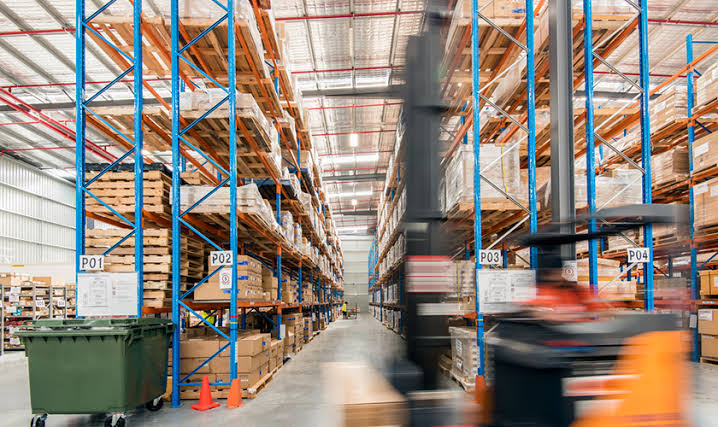Embracing Modern Warehousing: The Power of Collaborative Strategies

Introduction: Transforming Warehousing Dynamics The landscape of warehousing has undergone a remarkable shift in recent times due to technological advancements, changing consumer behaviors, and a growing focus on sustainability. Amidst these changes, a crucial principle has emerged as a driving factor: collaboration. Contemporary warehousing solutions are increasingly centered around collaborative approaches that not only enhance efficiency but also stimulate innovation and adaptability. In this exploration, we delve into the world of modern warehousing, uncovering the strategies and technologies that underscore the significance of collaboration in reshaping the supply chain landscape.
Evolution of Warehousing:
A Dynamic Shift Warehousing, once viewed as stationary storage spaces, has evolved into dynamic hubs that manage the intricate movement of goods across complex supply chains. The surge in ecommerce, the demand for rapid deliveries, and the pursuit of sustainability have sparked a significant transformation in warehousing paradigms. Collaboration has risen as a cornerstone of this transformation, empowering businesses to overcome challenges, seize opportunities, and establish resilient supply chain networks.
Cooperative Warehousing:
A Synergistic Approach Cooperative warehousing serves as a prime example of how collaboration is revolutionizing the warehousing landscape. In this model, multiple businesses share warehousing resources, facilities, and even labor, resulting in substantial cost savings and operational efficiencies. This approach allows businesses, especially smaller enterprises, to access advanced logistics infrastructure without the financial burden of constructing and maintaining their facilities. Cooperative warehousing fosters a sense of community, enabling businesses to pool resources and expertise for mutual gain.
Technology-Driven Collaboration:
The Digital Ecosystem In the era of Industry 4.0, collaboration is facilitated by an array of digital tools and platforms. Cloud-based solutions, real-time tracking systems, and data analytics enable seamless information sharing, route optimization, and synchronized supply chain activities. Collaborative platforms connect stakeholders, from manufacturers to distributors, providing real-time insights into inventory levels, demand forecasts, and production schedules. This technology-powered collaboration enhances communication efficiency, reduces lead times, and minimizes inventory shortages.
Cross-Functional Collaboration
Breaking Down Barriers Effective collaboration in contemporary 3PL Warehousing Georgia extends beyond the boundaries of a single entity. Cross-functional collaboration entails integrating various departments within a business, such as supply chain, sales, and marketing, to align objectives and strategies. By dismantling silos and fostering interdepartmental collaboration, businesses can enhance demand forecasting accuracy, optimize inventory management, and align marketing initiatives with supply chain capabilities. This collaborative synergy ensures cohesive operation towards shared goals.
Supplier-Customer Collaboration:
Seamless Integration The realm of collaboration extends to the relationships between suppliers and customers. In supplier-customer collaboration, businesses work closely with partners to exchange information, coordinate production schedules, and synchronize demand forecasts. This integrated collaboration reduces lead times, minimizes excess inventory, and enhances responsiveness to market fluctuations. By sharing insights and leveraging each other’s strengths, suppliers and customers cultivate a mutually beneficial relationship.
Sustainable Collaboration:
Paving the Way for an Eco-Friendly Future Sustainability is a driving force in contemporary business practices, and collaboration plays a pivotal role in advancing eco-friendly initiatives within warehousing. Collaborative sustainability efforts encompass shared transportation networks, circular supply chain models, and environmentally conscious packaging solutions. Businesses collaborate to optimize transportation loads, thereby reducing carbon emissions, and explore methods to recycle and reuse materials, minimizing waste. Through collaborative sustainable practices, businesses not only decrease their environmental impact but also resonate with conscientious consumers.
Conclusion:
The Collective Impact of Collaboration The transformation of modern warehousing underscores the collective impact of collaboration. As businesses navigate the complexities of an ever-evolving supply chain landscape, collaborative strategies emerge as catalysts driving efficiency, innovation, and sustainability. In this dynamic era, businesses that embrace collaboration are well-positioned to thrive, building supply chain networks that are not only robust but also adaptable to future demands.





